Picking out just one success story can be a challenge for a profession that routinely improves the quality of life for individuals suffering from pain of any sort. But we managed to get several PTs to share about some of the most memorable patients they’ve treated from diagnosis to the long-term prognosis. Here are their stories:
We’d like to talk about a patient success story you’re especially proud of. Tell us about the patient. How did they learn about your practice? What problems was she experiencing? What treatment course did you decide on? What is the impact of your treatment on your patients? How does it help him or her?
You know I would have to first say that although we have been thrilled to have been featured in just about every magazine in print to date, the thing that I’m most proud of is the fact that nearly everyone that comes in returns. It’s wonderful to have the magazines usher them in, but it’s the quality of product that makes them come back.
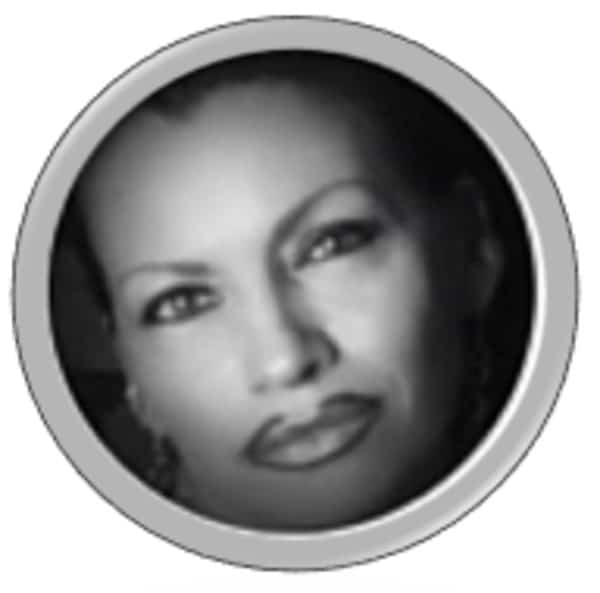
– Laurie Towers is the owner of Physical Advantage, a New York City-based massage studio that’s focused on rehabilitative massage for athletes and performing artists.
I think all physical therapists have plenty of success stories. Physical Therapy is one of the best modalities for improving others’ quality of life. With this approach many people will get better. So can one case study really describe success?
I guess I could discuss resolving an ankle sprain with a sural neurodynamic mobilization, back pain treated with one exercise, a repositioning corrective that resolved hip pain/tightness in less than three minutes, a series of exercises that helped patients avoid surgery, or an athlete who was able to compete after a short stint in rehab.
But I’ve had more satisfaction with the cases that are a struggle. The cases where the person has seen more than seven other medical professionals. The cases where the person is questioning your methods. The cases that take a great deal of persistence, dedication and commitment. The cases that force you do dig deeper. The cases that don’t go smoothly, but eventually result in the patient achieving their goal.
These are the cases that take a great deal of biomechanical, physiological, and psychological knowledge and application. It’s the act of taking a complex problem, finding a complex solution, and then trying to translate it in a simple way to help the patient.
It’s very rewarding to take someone with no hope to a place where they feel safe again. To me, that is the definition of a success story.
– Dr. Aaron Swanson, DPT, CSCS, FMS, TPI, FRR, received a degree in exercise science from the University of Tennessee and his doctorate in physical therapy from New York University. He offers physical therapy, movement and sports performance enhancement and wellness consultations through his practice, The A&G Project, based in Milton, Ga.
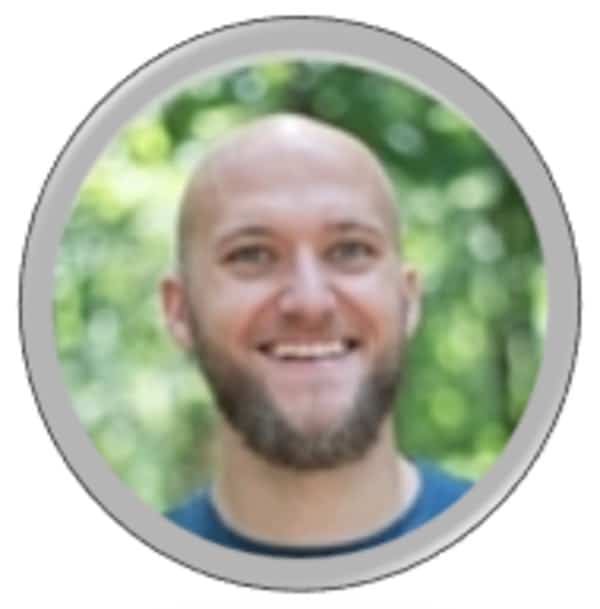
In our Belmar office we have one patient who we are very proud of. She suffered from polio when she was a young girl. When she first came in she was in incredible pain. She suffered from chronic back pain and was almost completely immobile save for her being in her wheelchair.
We started a plan of action with her that began with acupuncture and manual therapy. Within six months she was moving on crutches and able to lift herself out of her wheelchair. Within nine months she was able to stand almost perfectly.
We helped this patient regain strength and confidence. She now volunteers her time at various community outreach programs and has made a profound impact on her local community. She’s also brought awareness to physical wellbeing by being a motivational speaker to patients who suffer from chronic pain / disabilities.
To this day we keep in touch with her and she visits us often thanking us for giving her a chance to live again. It’s hard not to tear up when see how far she’s come along and how wonderful of an impact she’s having on all those she comes in contact with.
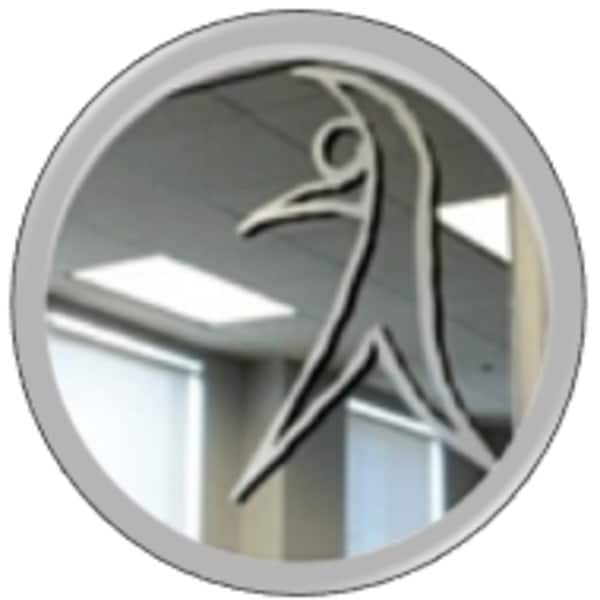
– Harris Hafeez is managing member of Advanced PMR, where he oversees all aspects of the practice. He is a serial entrepreneur who has founded and overseen the expansion of several companies.
I had a walk-in patient come in to my office about six months ago. She was bound to a wheelchair and was dependent on a home health aid. Her major problem was an unhealed fracture in her foot. Even after multiple attempts at surgical stabilization, the foot would not heal properly. The patient explained to me that because of her foot she was unable to stand or walk on her own.
The patient had significant quadriceps and calf atrophy and had minimal Dorsiflexion activation on evaluation, however exhibited normal reflexes and sensation in the lower extremities. She had marked tightness in the lumbar spine and poor trunk control from prolonged sitting in a reclined position. More importantly, what I noticed throughout my examination was that the patient would repeatedly announce this phrase: “I am broken.”
The patient admitted to me that all of the physical therapists she had been to in the past did not attempt to help her. I had a strong feeling that her impairments and functional limitations were a result of a self-fulfilling prophecy, which was only re-enforced by PTs who did not care about helping this individual.
That night I set up a treatment plan for this patient that would slowly motivate her to understand that she is not “broken” but is in the process of being fixed. It took a few sessions to build rapport with her but once we started rolling she was performing sitting exercises like a champ. In less than four weeks she was ambulating in a rolling walker, and by eight weeks she was strolling by using a single point cane.
The patient is now fully independent and walks with a cane only for balance and stability. She completely forgot about her fractured foot and is able to put full weight through the affected lower extremity. She still suffers from intermittent Low Back Pain from time to time, but at least now we have the foundation to start Neuro-Muscular techniques. More importantly, the patient is happy and is starting to live life again. Every time I see the patient instead of saying “I am broken” she says, “I am alive,” and that is something very fulfilling to hear as a health care professional.
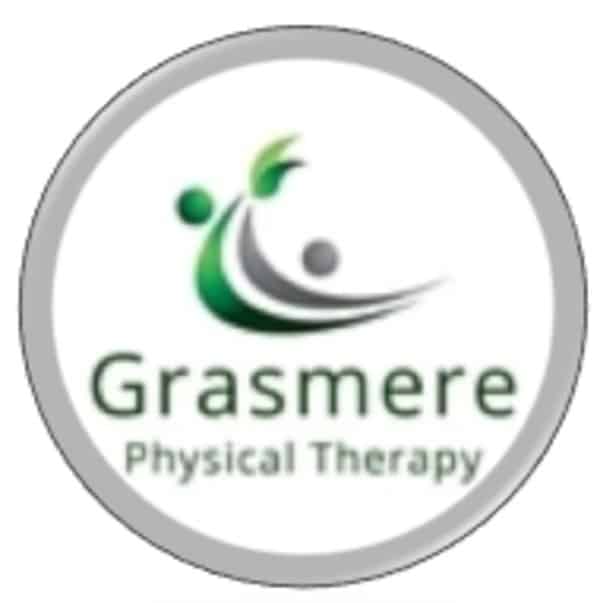
– Igor Tserlyuk, DPT is the owner and Director of Grasmere Physical Therapy and Rehabilitation. Igor is an expert in Orthopedic and Neurological Rehabilitation. In his effort to help others he effectively integrates evidence-based practice and holistic methods to achieve optimal results for his patients.
One of the most extreme cases I have ever treated was a lady named Ann. She has progressive scoliosis that continued over 40 years. She had pain at the back and after 10 years of taking addictive pain medication she was told her only option was a surgery in which a rod would be put in her spine from her skull to her pelvis. It was so extreme that a heart surgeon would be involved to stop her heart during the placement of the rod. She was told to put on 60 pounds of fat because after the surgery she would be in bed for the next year due to pain and she would have to live off her fat.
It seemed to be a Godsend that she found out about me. She came to live with her mother in Florida while putting the weight on before the surgery. Her mother belonged to a club in which I was giving a lecture and her mother told her about me. Ann said I couldn’t help her because I specialized in the resolution of pain and she was getting surgery to repair scoliosis. Just about this time, a patient I had treated (she was told she needed knee surgery for a torn meniscus, which was not true and I resolved her pain that was really due to a hamstring strain) happened to live in Ann’s development. When this woman saw Ann and told her about the episode of how I saved her from an unnecessary surgery and Ann told her that I was giving a seminar at her mother’s club, Ann saw this a divine providence and decided to come to the seminar.
I explained that scoliosis is a ridiculous diagnosis as it implies that pain is coming from a vertebrae and unless the vertebrae is fractured bone would not cause pain. The pain was actually from a muscle imbalance between muscles on either side of the spine as well as front to back. I started treating Ann and within the first day she saw a decrease in pain. Within three months she was pain-free and off all pain medication. Ann can now do what ever she wants including water skiing. She thanks God that she never went through that surgery.
Ann came to me because she was at a loss and nothing was able to affect the pain she was experiencing at her back and she was able to perform no functional activities and had no quality of life. She was desperate enough to consider a surgery that was to keep her in bed for one year after the surgery due to pain that would be experienced from the surgery.
The diagnostic method I used was the Yass Method. It was a combination of interpreting her body’s presentation of symptoms that primarily indicated that the pain she was experiencing was being elicited from her lower back muscles. The Yass method recognizes that muscles work together to perform functional activities as part of mechanisms. An in-depth understanding of which muscles work together is a key. Evaluating function and posture are also important factors. Eventually a narrative must be identified describing which tissue is eliciting the symptoms; what about the presentation of the symptoms and tests tell you this and what is going to be done to resolve the distress of the tissue eliciting the symptoms.
The treatment consisted of massage and stretching to maximize the length of muscles so they would create their maximal force and then targeted strength training of the specific muscles involved in creating the symptoms and dysfunction.
The impact of the treatment was massive and complete. Ann became pain-free and ended the use of all medications. Ann’s functional level rose to the point where she was able to water ski on one ski which is her passion and was something she thought she would never be able to do again.
– Dr. Mitchell Yass, DPT is the creator of the Yass Method for diagnosing and treating chronic pain; author of The Pain Cure Rx released internationally by Hay House Publishing in 2015 and starred in his PBS special “The Pain Prescription” seen nationally and in Canada since 2015.
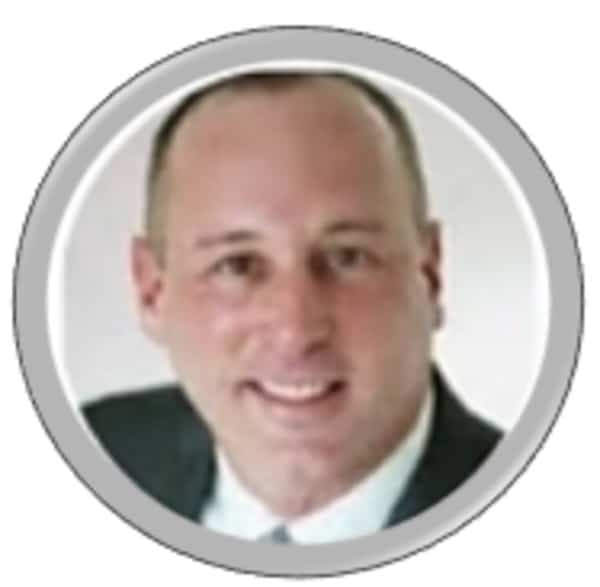
The first person that comes to my mind is a young man I worked with last year who was referred to us by his friend, whom we had previously treated.
He came to us in really bad shape. He had been in a severe car accident about a year prior to starting with us and had suffered really severe back and neck problems as well as extensive soft tissue strains throughout his body. He also stopped his previous therapy treatment because he felt it wasn’t helping and over the past few months had gotten worse and worse.
By the time he came in to us, he was having daily headaches and migraines, was unable to turn his head in any direction without pain, couldn’t lift his left arm higher then his shoulder nor could he reach behind his back. He had numbness and shooting pain down both his shoulders/arms. He described himself as being in constant pain, couldn’t get comfortable when sleeping, could not drive, and couldn’t do any of his daily tasks (food shopping, taking care of his dog) nor could he return to his work.
We took him through a comprehensive movement-exam first where we found his neck, back and shoulder movement was significantly restricted and painful in all his movements. We also reproduced his pain through our soft tissue exam; some his neck muscles sent pain right down his arm while another reproduced his headaches. This taught us which specific muscles we had to work on first, in order to reduce his muscle spasms and pain levels.
Because of the extensive soft tissue trauma he experienced from the accident, his whole thorax and neck were basically in spasm. So we took a gentle, manual therapy-focused approach first with the goal of reducing his muscle spasms and pain levels in order to allow us the freedom to begin moving.
We spent the first two weeks focused strictly on soft tissue techniques starting with gentle massage and heat and slowly progressing to our more effective but stronger techniques such as our manual trigger point therapy.
Slowly but surely his pain levels started going down and his headaches reduced in severity. We then used our dry needling techniques on the muscle bands and trigger points around his neck and shoulders that had not responded to our other manual techniques. We noticed the biggest difference in his pain after two sessions of needling. His ROM increased almost immediately and headaches subsided even more.
Once his extensive soft tissue limitations had been release by our manual therapy, we progressed to our movement-based exercise. I used my taping techniques as part of his home program to help reinforce to progress we had made in the clinic.
His pain severity reduced incrementally on each session and he would report that his pain and headaches were not as strong or frequent. The biggest change happened after our first dry needling treatment. He initially felt sore from the treatment, however, when he came back for his next session he was so excited to tell us that she had not had a headache since the dry needling and that he even had some feeling return to her shoulder area (around his upper trapezius muscle). By the time he finished with us, he was able to return to driving, playing with his dog and was able to return to his job, which was quite labor intensive.
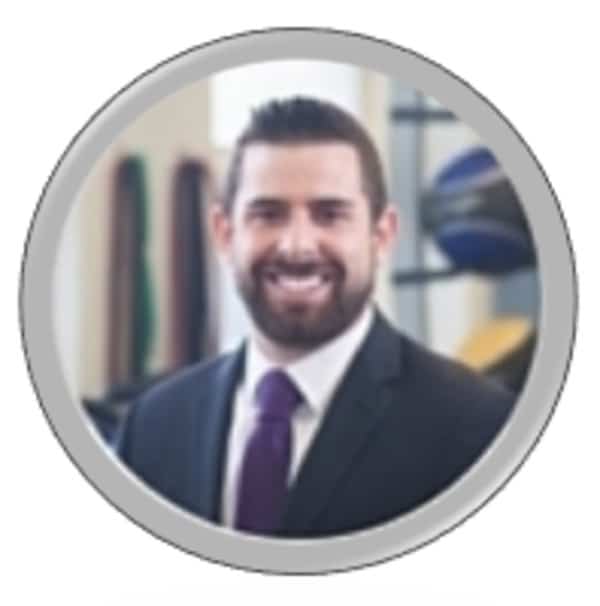
– William Paranto is the director of physical therapy services at Progressive Spine and Sports Medicine. He runs the rehabilitation component of this practice, which provide its patients the latest nonsurgical treatment options for pain and sports.


